In today's fast-paced scientific environment, laboratory drying ovens are indispensable. These versatile tools play a crucial role in various fields, from chemical and biological research to industrial applications. Among the various types of drying ovens available, two of the most widely used are the blast drying oven and the vacuum drying oven. Each of these ovens has its unique features and advantages, making them suitable for different applications. This article will explore the key aspects of laboratory drying ovens, focusing on blast drying ovens and vacuum drying ovens, and their importance in modern laboratories.
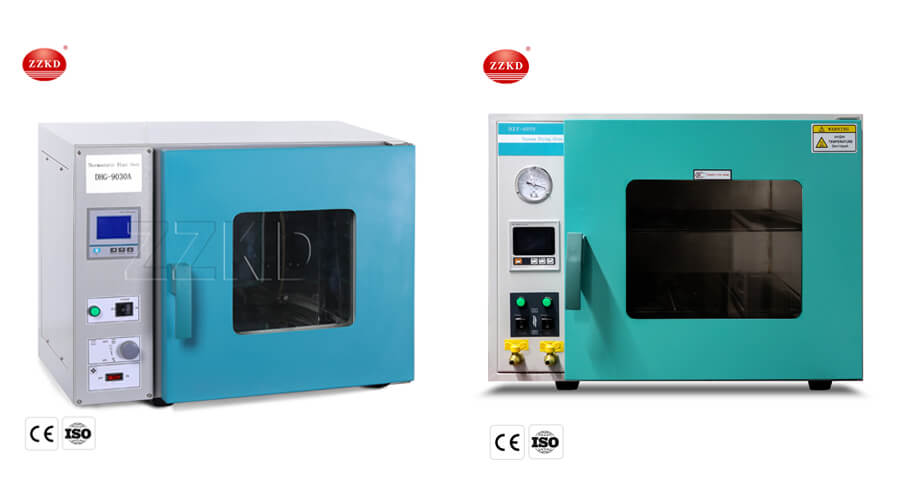
The Role of Laboratory Drying Ovens
Laboratory drying ovens are essential for removing moisture from samples, sterilizing equipment, and conducting various heat-related experiments. They provide a controlled environment where temperature, humidity, and air circulation can be precisely regulated. This control is critical for ensuring consistent and accurate results in experiments and processes.
But why is moisture removal so important in laboratory settings? Moisture can interfere with chemical reactions, cause contamination, and affect the physical properties of samples. Therefore, having an effective drying oven is vital for maintaining the integrity and accuracy of experimental results.
Understanding Blast Drying Ovens
Blast drying ovens, also known as forced air ovens, are widely used in laboratories for their efficiency and versatility. These ovens use a powerful fan to circulate hot air throughout the chamber, ensuring uniform temperature distribution. This circulation speeds up the drying process and provides more consistent results compared to natural convection ovens.
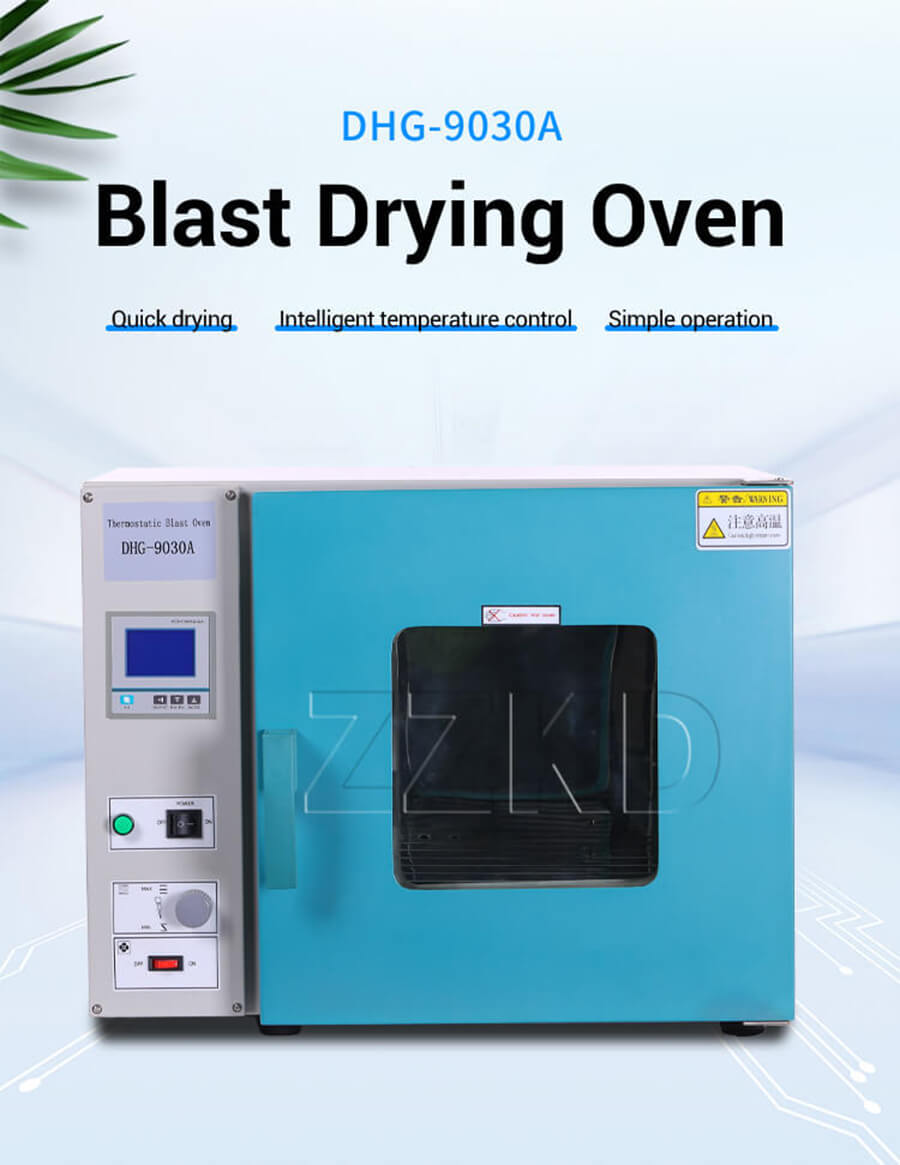
Blast Drying Oven
Advantages of Blast Drying Ovens:
-
Uniform Heating: The forced air circulation ensures that all parts of the oven maintain a consistent temperature, which is crucial for processes that require precise thermal control.
-
Speed: The rapid air movement in blast drying ovens significantly reduces drying times, making them ideal for high-throughput laboratories.
-
Versatility: These ovens can be used for a wide range of applications, including drying, curing, aging, and sterilizing.
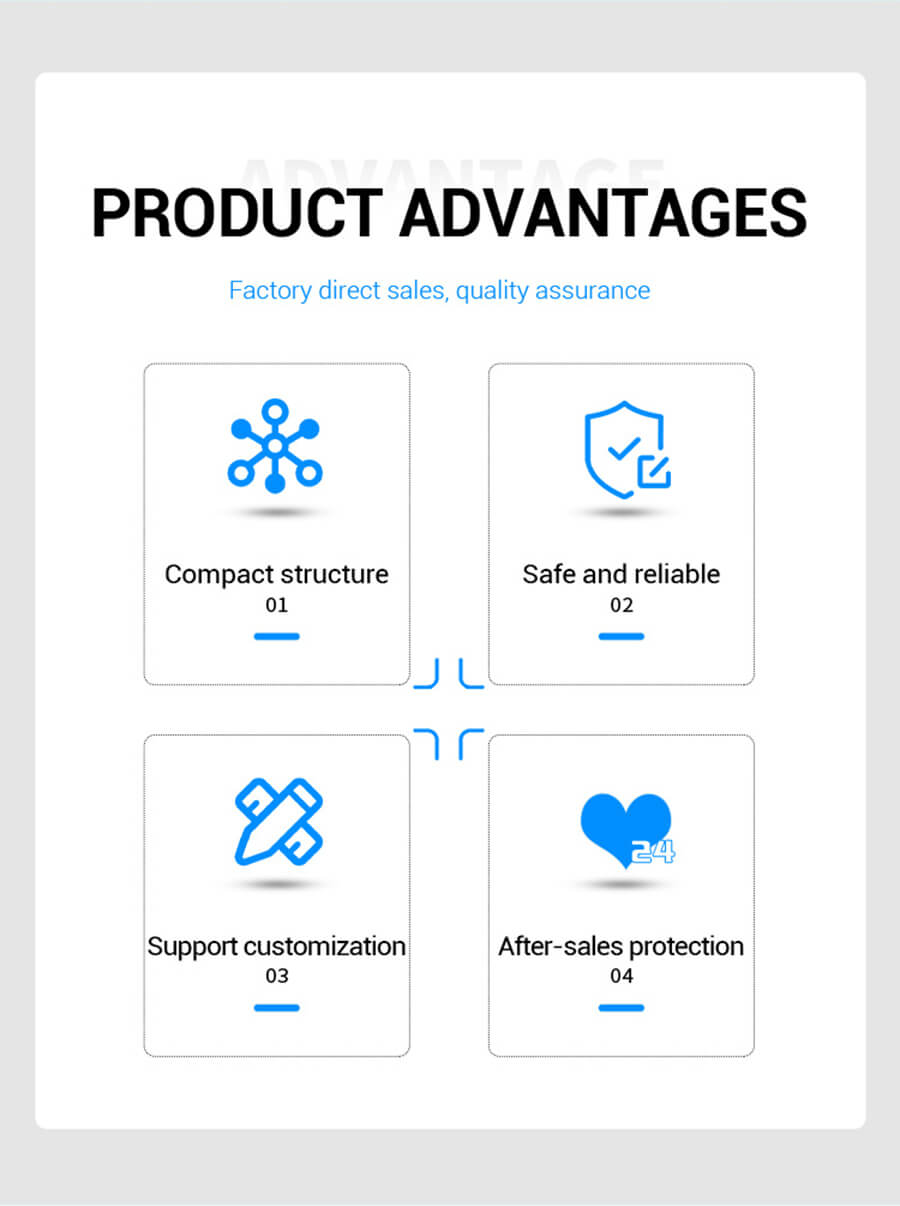
Applications of Blast Drying Ovens:
-
Chemical Analysis: Used for drying reagents and samples before analysis to ensure accurate results.
-
Pharmaceuticals: Ideal for drying powders, granules, and other pharmaceutical products.
-
Material Testing: Employed in testing the properties of various materials under controlled temperature conditions.
Can a blast drying oven be used for heat-sensitive materials?
While blast drying ovens are highly efficient and versatile, they may not be suitable for heat-sensitive materials that can degrade at higher temperatures. For such applications, a vacuum drying oven is recommended, as it allows for drying at lower temperatures, preserving the integrity of heat-sensitive samples.
Exploring Vacuum Drying Ovens
Vacuum drying ovens operate by reducing the pressure inside the chamber, which lowers the boiling point of water and other solvents. This allows drying to occur at lower temperatures, which is particularly beneficial for heat-sensitive materials. Vacuum drying is also faster and can prevent oxidation or contamination of samples.
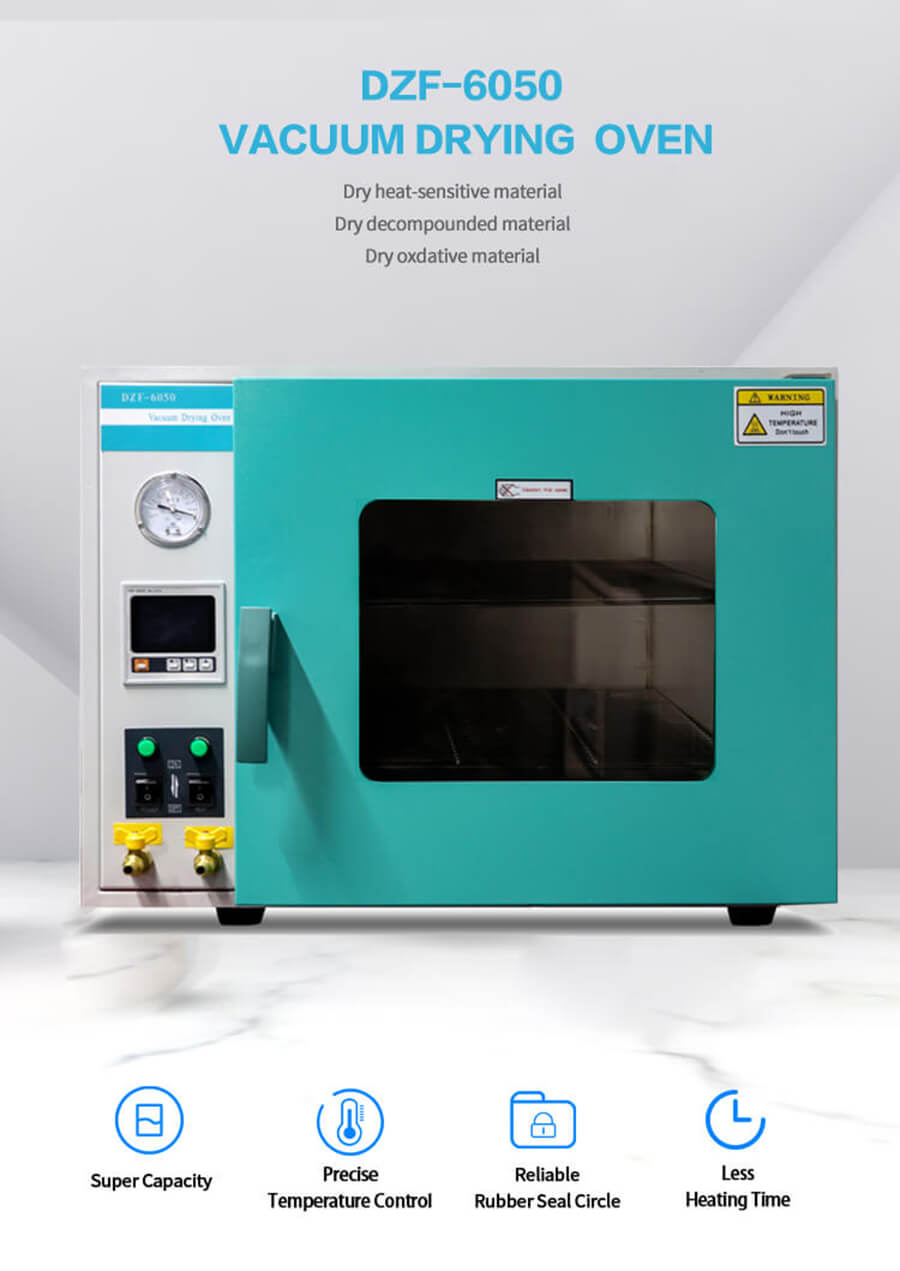
Vacuum Drying Oven
Advantages of Vacuum Drying Ovens:
-
Low-Temperature Drying: Perfect for drying heat-sensitive materials without causing thermal degradation.
-
Oxidation Prevention: The vacuum environment prevents oxidation, preserving the quality of the samples.
-
Efficient Drying: Reduces drying times and improves energy efficiency by utilizing lower temperatures.
Applications of Vacuum Drying Ovens:


What are the main differences between blast drying ovens and vacuum drying ovens?
Blast drying ovens use forced air circulation to ensure uniform temperature distribution and rapid drying, making them ideal for applications that require quick and consistent drying. In contrast, vacuum drying ovens operate under reduced pressure, allowing for lower temperature drying, which is essential for heat-sensitive materials and preventing oxidation.
Choosing the Right Drying Oven for Your Laboratory
When selecting a laboratory drying oven, it's crucial to consider the specific requirements of your applications. Do you need rapid drying and uniform temperature distribution? A blast drying oven might be the right choice. Are you working with heat-sensitive materials that require gentle drying? Then a vacuum drying oven could be the best option.
Key Factors to Consider:
-
Temperature Range: Ensure the oven can achieve and maintain the necessary temperatures for your processes.
-
Capacity: Consider the volume of samples you'll be drying at one time to choose an oven with adequate capacity.
-
Control Features: Look for advanced temperature controls, timers, and safety features to enhance usability and reliability.
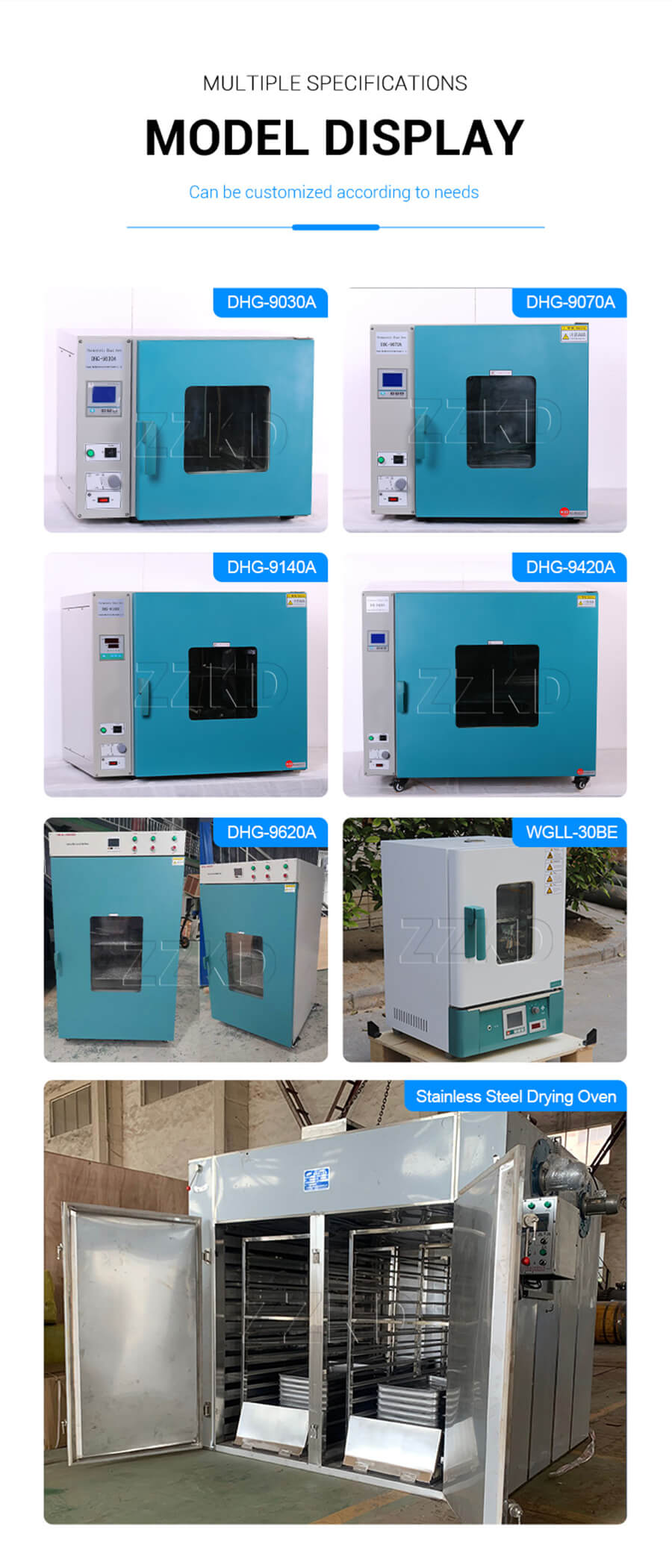
How do you maintain and calibrate laboratory drying ovens?
Regular maintenance and calibration are essential to ensure the accuracy and longevity of laboratory drying ovens. This includes cleaning the oven chamber, checking and replacing filters, and verifying temperature settings with a calibrated thermometer. Periodic professional servicing may also be necessary to maintain optimal performance.
Conclusion
Laboratory drying ovens are indispensable tools in modern laboratories, providing the necessary environment for precise and efficient moisture removal, sample preparation, and various thermal processes. Blast drying ovens and vacuum drying ovens each offer unique advantages, catering to different needs and applications. By understanding the specific requirements of your laboratory and the features of these ovens, you can make an informed decision to enhance your research and production processes.
Whether it's the rapid, uniform heating of a blast drying oven or the gentle, low-temperature drying of a vacuum drying oven, these tools are crucial for maintaining the integrity and accuracy of your work. Investing in the right drying oven can significantly impact the efficiency and quality of your laboratory operations, ensuring reliable and consistent results every time.

 Products
Products



























